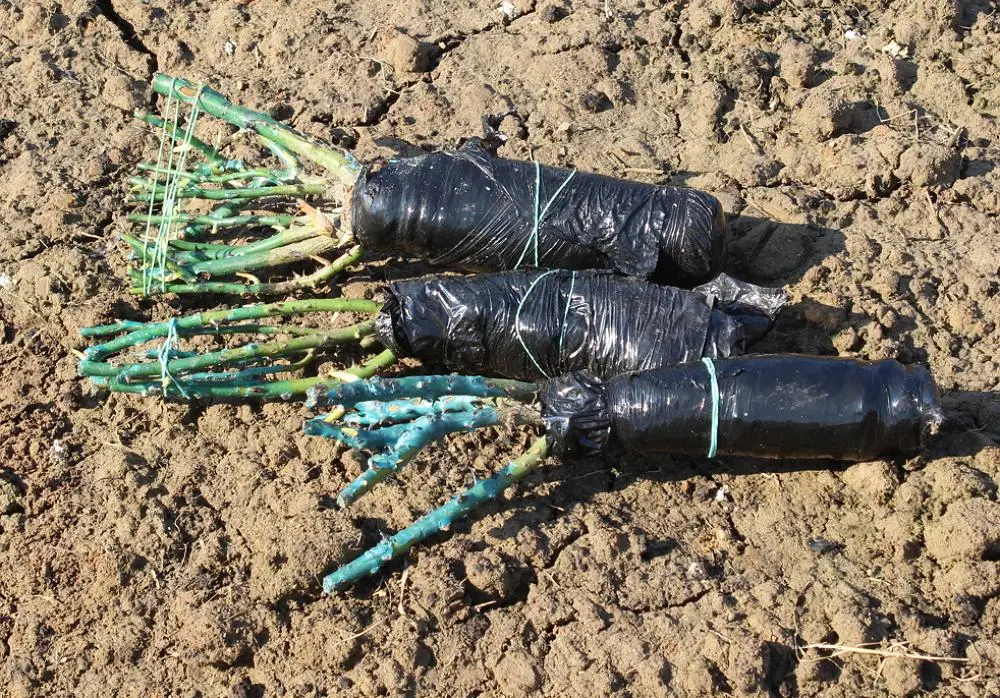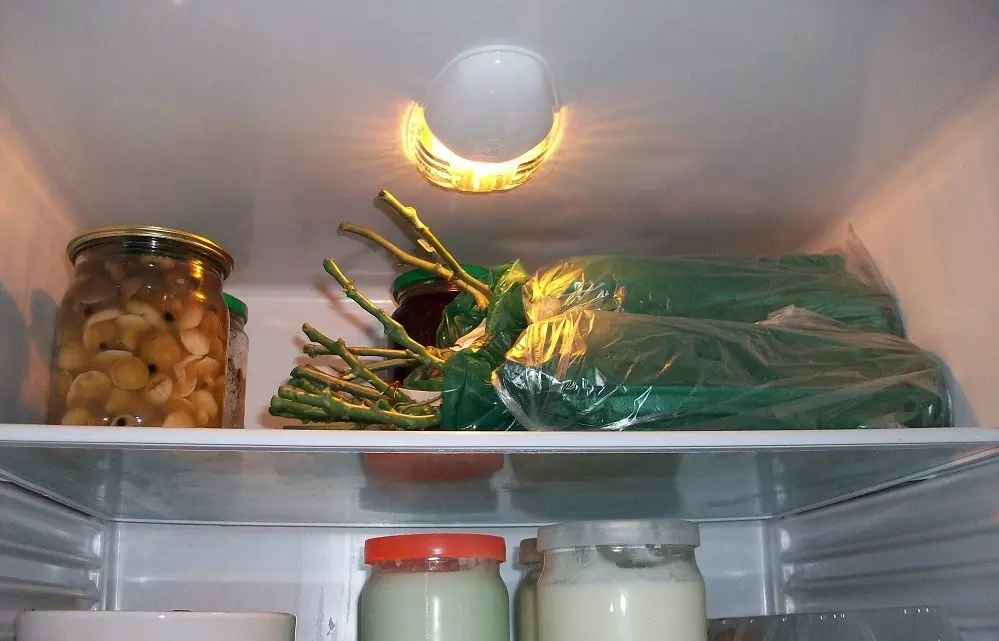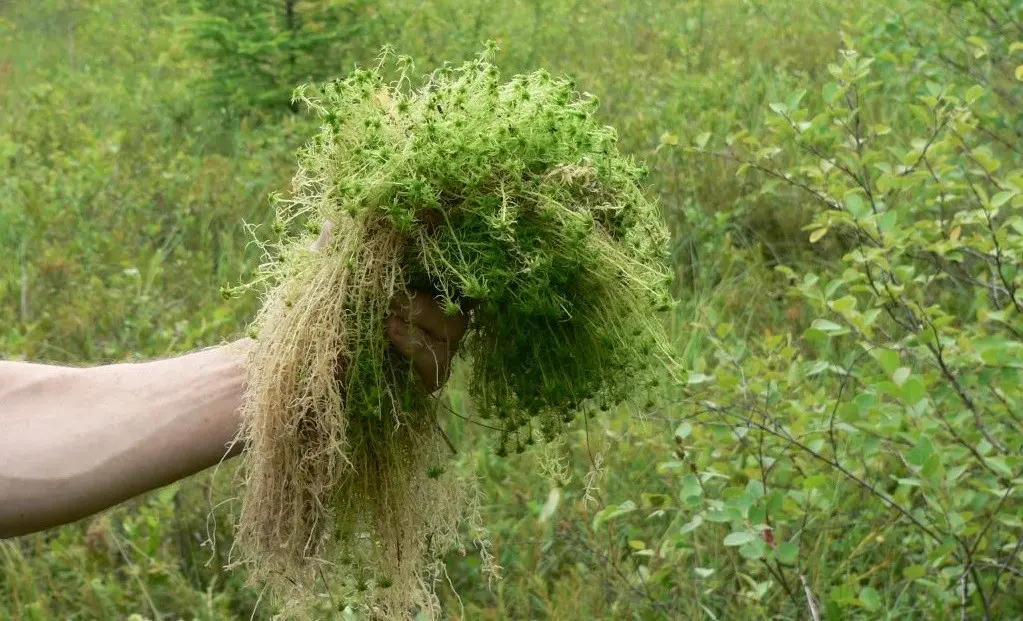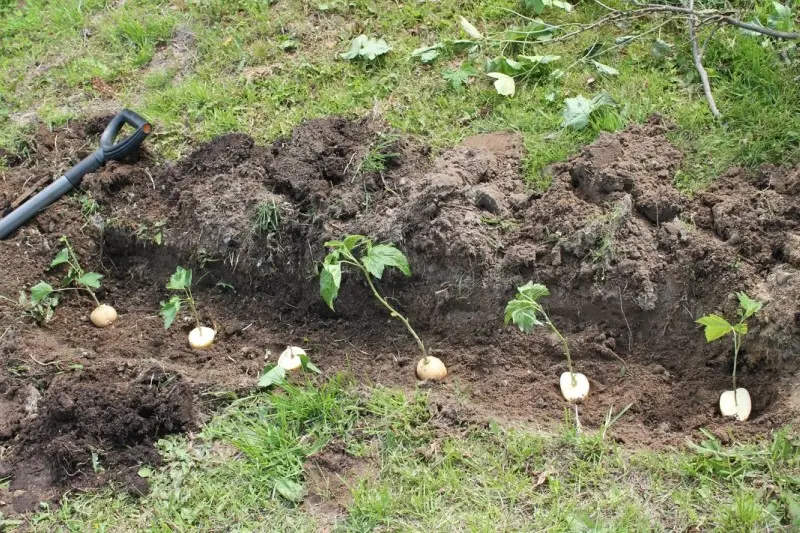Contents
Cuttings are the easiest and most reliable way to propagate roses, and planting material (cuttings) is quite easy to get. After the next autumn pruning, or after the withering of a beautiful bouquet, strong apical stems remain, which can be used for further propagation of the variety you like. But since it is better to cut roses in the warm season, you need to know how to store rose cuttings before planting. There are several ways to save rose cuttings in winter, which will be discussed in this article.
How to save in soil
Every grower knows that rose cuttings are best planted in June – July. Then, by the end of summer, they will take root, sprout, and in the fall, young seedlings can be transplanted to a permanent place. But what if good planting material appeared late? In a southern climate with relatively warm winters, planting seedlings in the fall is practiced, but in a temperate, and even more so in a northern climate, it is better to keep rose cuttings until spring, and then plant them in well-warmed soil.
Temporary storage of cuttings in the soil is a fairly common option. Of course, it is not ideal, since the soil freezes in winter, but many ways have been invented to protect shoots from external influences and increase their chances of survival:
- cuttings must be of high quality and healthy – the highest chances of surviving until spring have powerful pencil-thick shoots;
- it is equally important to make cuts correctly – the lower cut should be made at an acute angle slightly below the kidney, and it is recommended to leave the upper one straight, you need to cut it with a sharply ground tool;
- from the escape you need to cut off all the leaves;
- further, the sections must be treated with a means that inhibits the growth of the shoot – paraffin is best, which must be heated, dip the cut of the cutting into it and quickly lower it into cold water.

Such blanks can easily overwinter in the soil and not release roots prematurely. Now you should think about how to effectively keep rose cuttings clearly until spring and choose the most appropriate way:
- small pits – this method is suitable for short-term storage (1-2 months);
- shallow trench with protective material;
- cellar or cellar;
- cold greenhouse.
Let’s consider each method in more detail. The most common way to dig cuttings in the country is a trench. It is necessary to dig a shallow (20 cm) long hole, line its bottom with straw or non-woven protective material (agrospan). Prepared cuttings should be laid on this pillow, covered with the same covering material on top, and then covered with earth. The stems must be folded so that there is a small space between them. The place where the planting material is buried should be marked with small pegs to make it easier to find it in the spring.
But also in winter, cuttings can be stored in the cellar or basement. With this method, they are tied into bundles of several pieces, placed in boxes, and sprinkled with sand.
It is necessary to ensure that the room is always cool – otherwise the cuttings may take root.
A cold greenhouse is a small structure in the ground, which allows not only to save planting material, but also to root it. For the construction of a greenhouse, it is necessary to dig a hole 70-80 cm deep, lay straw (hay can be) on the bottom in layers, peat on top, then a layer of earth. The cuttings are wrapped with a dry cotton cloth, placed horizontally. A layer of straw or polystyrene is laid on top, everything is covered with earth. During the winter, growths form on the cuttings, from which roots will soon appear. The shoots saved in this way take root very quickly. And if everything was done correctly, then by autumn you can wait for the first flowering.
Video “Storage in soil”
From the video you will learn how to save seedlings in the winter in the soil.
How to use moss
In gardening, sphagnum moss is used for many purposes. This swamp plant has unique properties:
- can retain moisture in an amount up to 20 times its own weight;
- contains antibacterial compounds, thanks to which it is stored for a very long time without losing its valuable qualities.
It should be noted that high-moor peat consists of dead sphagnum particles, and it is considered the most breathable and fertile peat layer. As for the use of moss in horticulture, tubers, bulbs and other seed material are perfectly preserved in swamp sphagnum. Its loose structure guarantees excellent ventilation, and its antibacterial properties prevent rotting and mold formation.
These qualities make it possible to use moss for storing cuttings of roses. Before the material is used, the lower cut of the moss must be treated with Fitosporin or aloe juice, diluted with water in a ratio of 1:9. Then the cuttings should be wrapped in moss, placed in a plastic bag, and put in a cold place – if there is no cellar or basement, then you can put it in the lower compartment of the refrigerator. If the moss begins to dry out, remove the bag and lightly spray the moss with water.
In early March, you can start rooting cuttings. They need to be taken out of the bag, freed from sphagnum, remove the spikes, if the sections were covered with paraffin, remove the paraffin. Next, you should prepare a container with a substrate in which roses will be planted.
A thick layer of moss is laid on the bottom of a box or other container, a small (3-5 cm) layer of pre-washed river sand is poured on it. Cuttings are deepened into this mixture under a slight slope so that no more than two buds remain on the surface. Then the container with seedlings is covered with a bag with several holes (for ventilation), and placed in a bright, warm place, but not in direct sunlight. The substrate must be periodically moistened. With this method, rose cuttings take root very quickly.
Rooting in potatoes
Another moisture-intensive material is raw potato tubers. Rooting rose cuttings in potatoes is a fairly reliable and proven method, since potatoes not only provide constant moisture, but also contain a considerable set of nutrients, in particular starch, that roses need for normal development. For those who do not yet know how to keep rose cuttings in ordinary potatoes until spring, an exact algorithm of actions is proposed:
- choose undamaged potato tubers of medium or large size;
- we remove the eyes and treat the potatoes with any fungicide (an optional measure);
- sections of cuttings are treated with a solution of potassium permanganate;
- we put the material for 12 hours in any growth stimulator (you can use fresh aloe juice diluted with water 1: 1);
- in each tuber, with the help of a thin object (screwdriver, nail), we make a recess in which we place the cutting;
- now we bury the potatoes in a pot (container) with an earthen mixture – as an option, the potatoes can be placed in a bag and hung by the window.

Further care for the cuttings is to timely moisten the soil. Once a week, it is advisable to water the sprouts with sweet water (1 tablespoon of sugar / a glass of water), after a month, feed them with a complex mineral mixture. While the cuttings are rooting, they must be covered with a glass jar to create a greenhouse effect. After 2-3 weeks, the growth of the kidneys will become noticeable. After that, the shelter is removed, and the seedling is gradually accustomed to the environment. This method allows you to grow full-fledged seedlings during the winter, which in the spring can be transplanted into the ground, and by autumn you can admire the flowering of roses.
Winter on balconies
Shelter of cuttings or seedlings of roses on the balcony is relevant for urban residents who have only a glazed loggia or balcony from cold rooms. With this method, the cuttings are prepared and processed in the same way as before storage in the soil. For the safety of planting material, you need to select unnecessary boxes or buckets. Pour a drainage layer (expanded clay) into these containers, and on top of the earth mixed with perlite.
Before planting, the soil mixture should be well moistened, and the cuttings should be soaked in a growth stimulator. Next, make small holes in the soil and deepen the cuttings there. If the winters in your area are not cold, the cuttings can be wrapped in paper, wrapped in plastic bags, and simply placed in cardboard boxes. It is clear that with the onset of frost, even on a glazed balcony, there is a threat of freezing of planting material, so it is important to know how to cover rose cuttings for the winter.
A bucket (container) with cuttings must be wrapped in a plastic bag and fixed on top (clothes pegs can be used for this purpose), and wrap the bucket itself with something warm, for example, an unnecessary blanket. In this form, the design is taken out to the balcony. Cuttings should not be watered frequently. In sunny weather, the film shelter can be removed for a short time, and the cuttings can be sprayed with water. In severe frosts below (-10-20 ° C), it is better to bring the cuttings into the room.
Flower growers who grow roses at home in pots will be interested to know how to save rose seedlings between flowering periods. Cropped seedlings in pots are perfectly stored at a temperature of +3 to -4°C. Such conditions can easily be created in the winter on a glazed balcony, where the plants, being in a state of sleep, will be perfectly preserved, and in the spring they will grow with renewed vigor.
Video “Storing seedlings until spring”
From the video you will see how to properly store seedlings until spring.











